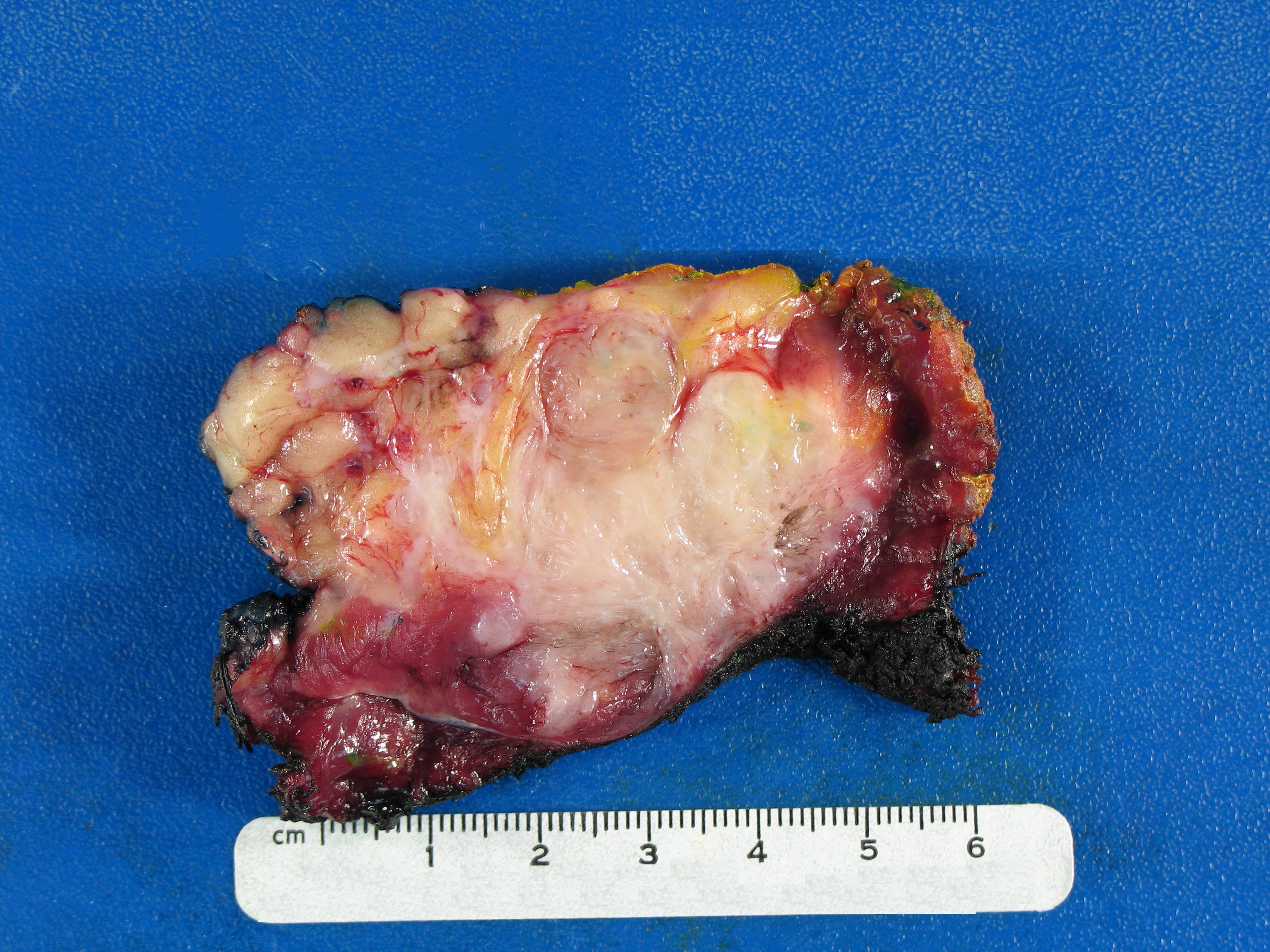Breast cancer screening should start at 40 year old and not 50 according to new recommendations from the U.S. Preventive Services Task Force
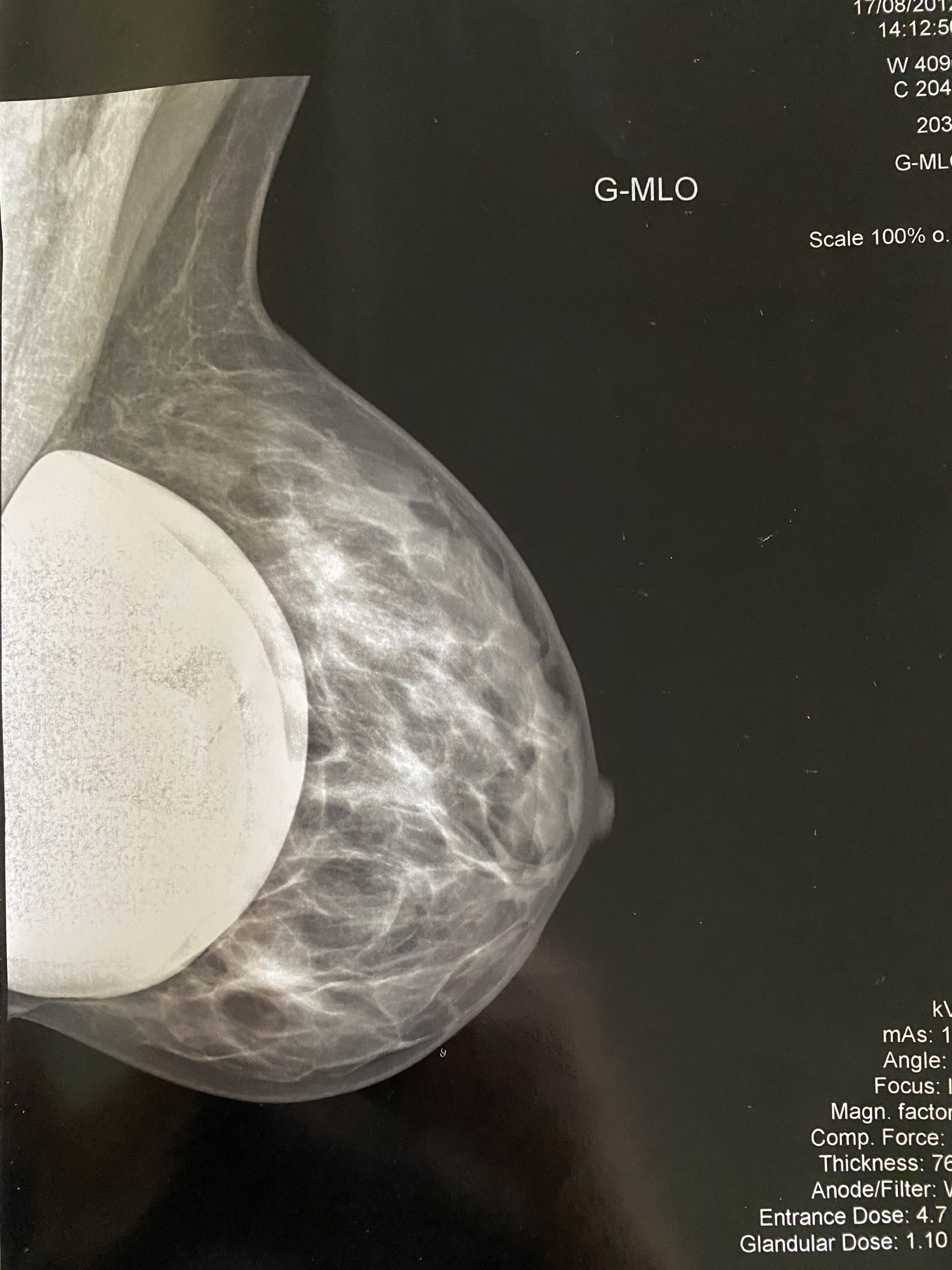 Breast cancer is a significant health concern for women, and early detection and diagnosis are critical for successful treatment. Unfortunately, misdiagnosis of breast cancer can occur, leading to delayed treatment and potentially worse outcomes. This is especially true for women under the age of 50, particularly black women, who are at a higher risk of misdiagnosis and delayed diagnosis.
Breast cancer is a significant health concern for women, and early detection and diagnosis are critical for successful treatment. Unfortunately, misdiagnosis of breast cancer can occur, leading to delayed treatment and potentially worse outcomes. This is especially true for women under the age of 50, particularly black women, who are at a higher risk of misdiagnosis and delayed diagnosis.
Alarmed by an increase in breast cancer diagnoses among younger women and persistently high death rates among Black women in particular, the U.S. Preventive Services Task Force has offered a stark revision to the standard medical advice on mammograms
In the past, women of all racial and ethnic backgrounds who were at average risk for breast cancer were advised to start getting regular mammograms at age 50, instead of treating it as an individual decision until they reached that age. However, the task force now recommends that women should begin screening at the age of 40 to help detect breast cancer earlier. This comes as breast cancer diagnoses are on the rise among younger women and mortality rates among Black women remain persistently high.
 New York Personal Injury Attorneys Blog
New York Personal Injury Attorneys Blog


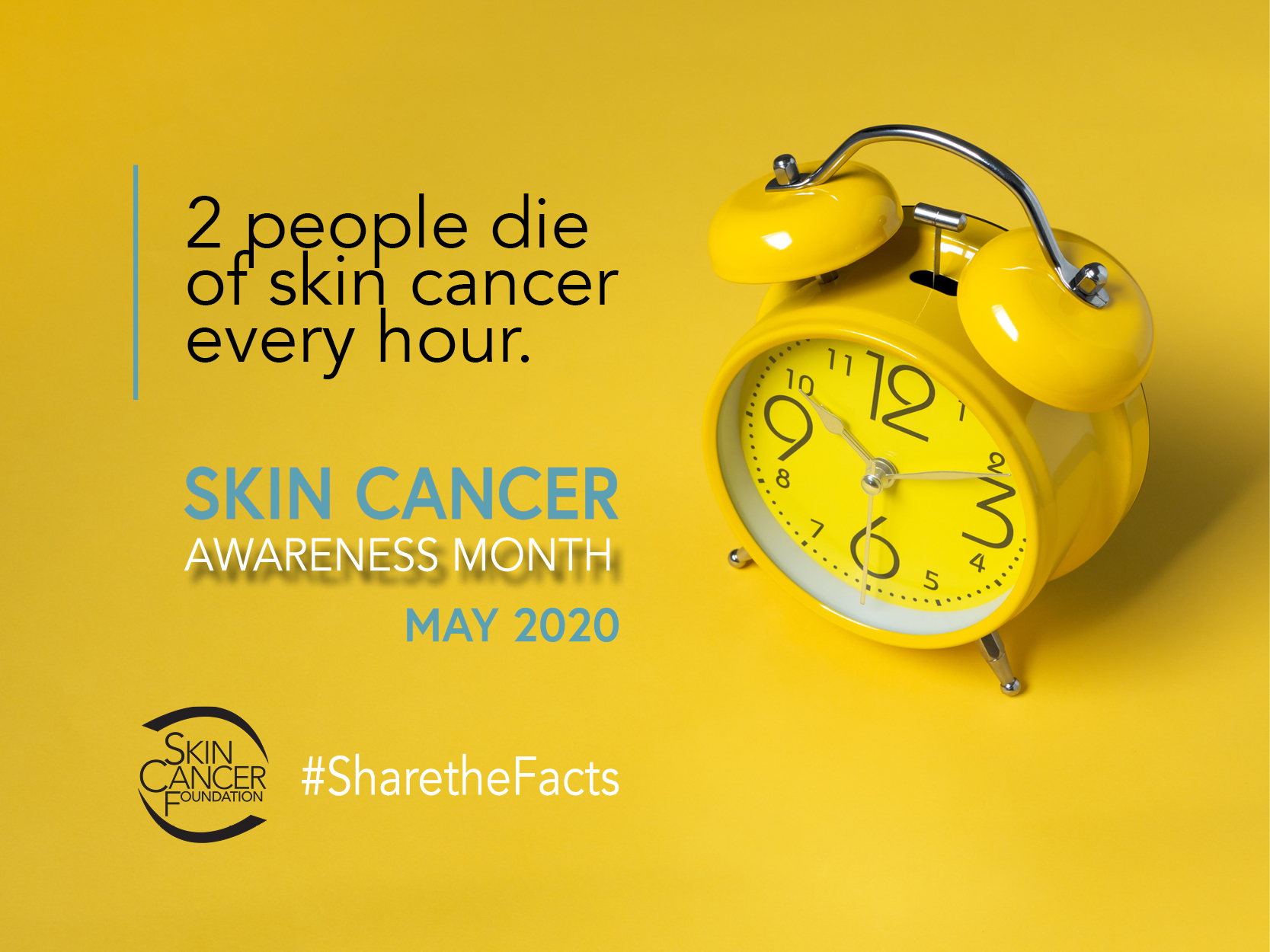
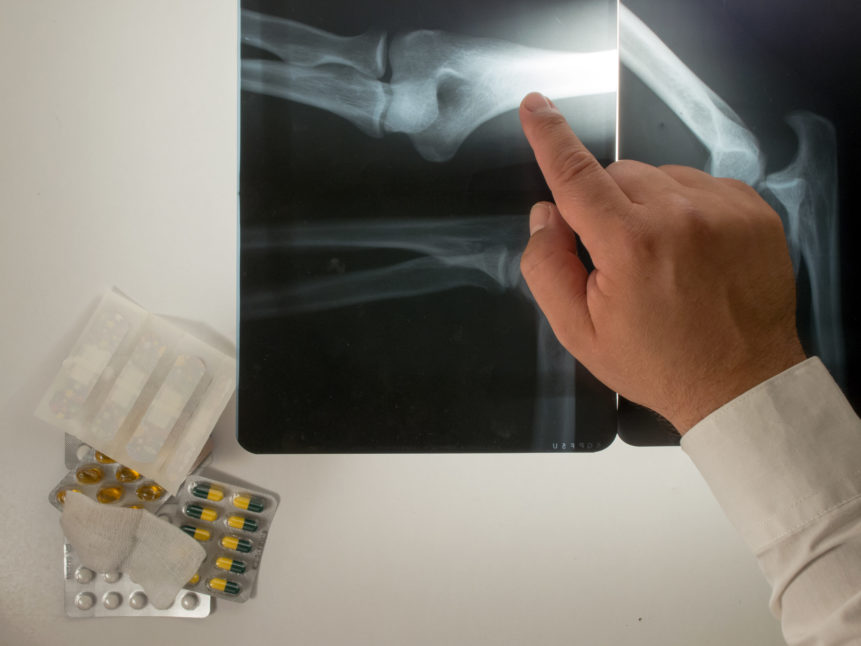
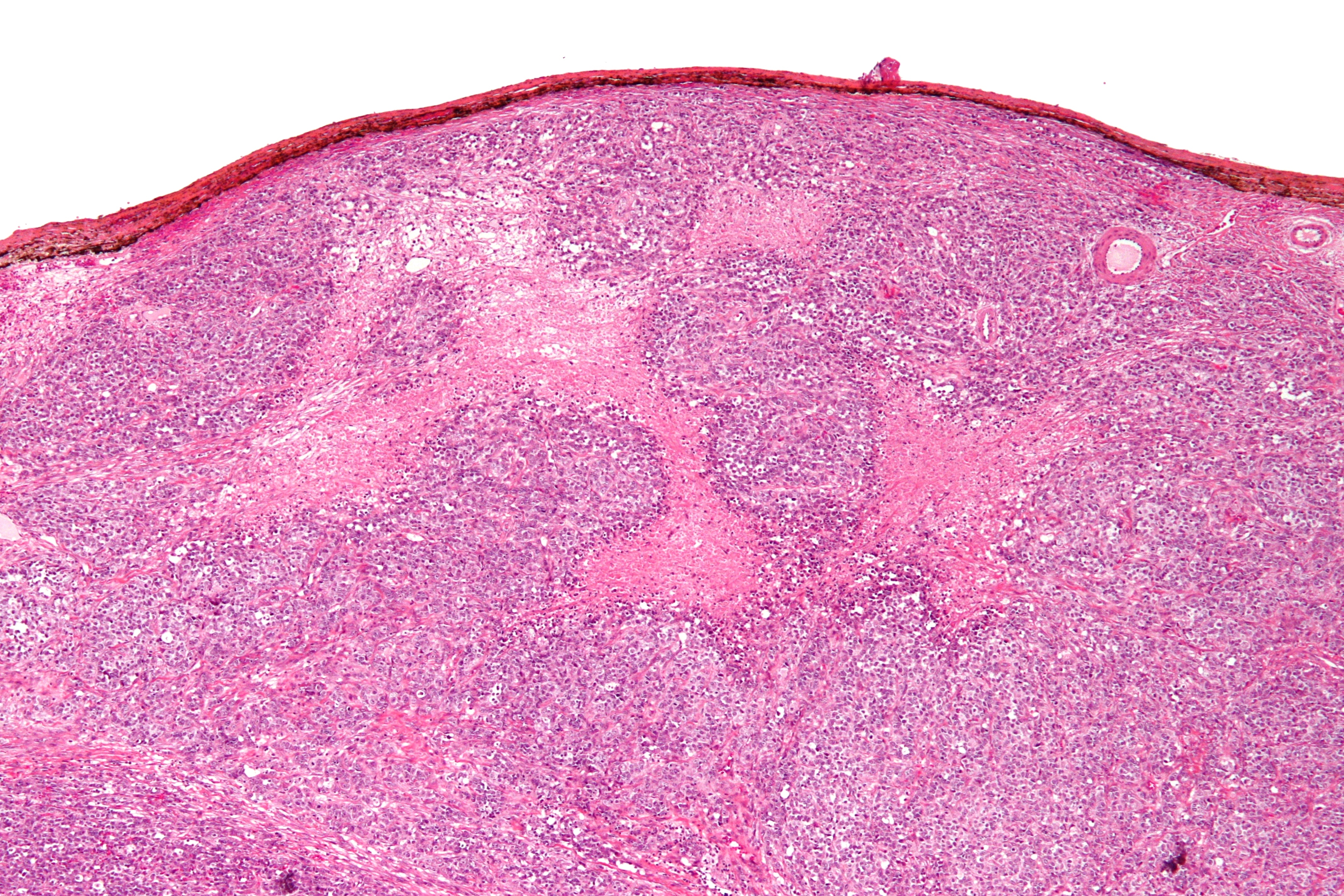
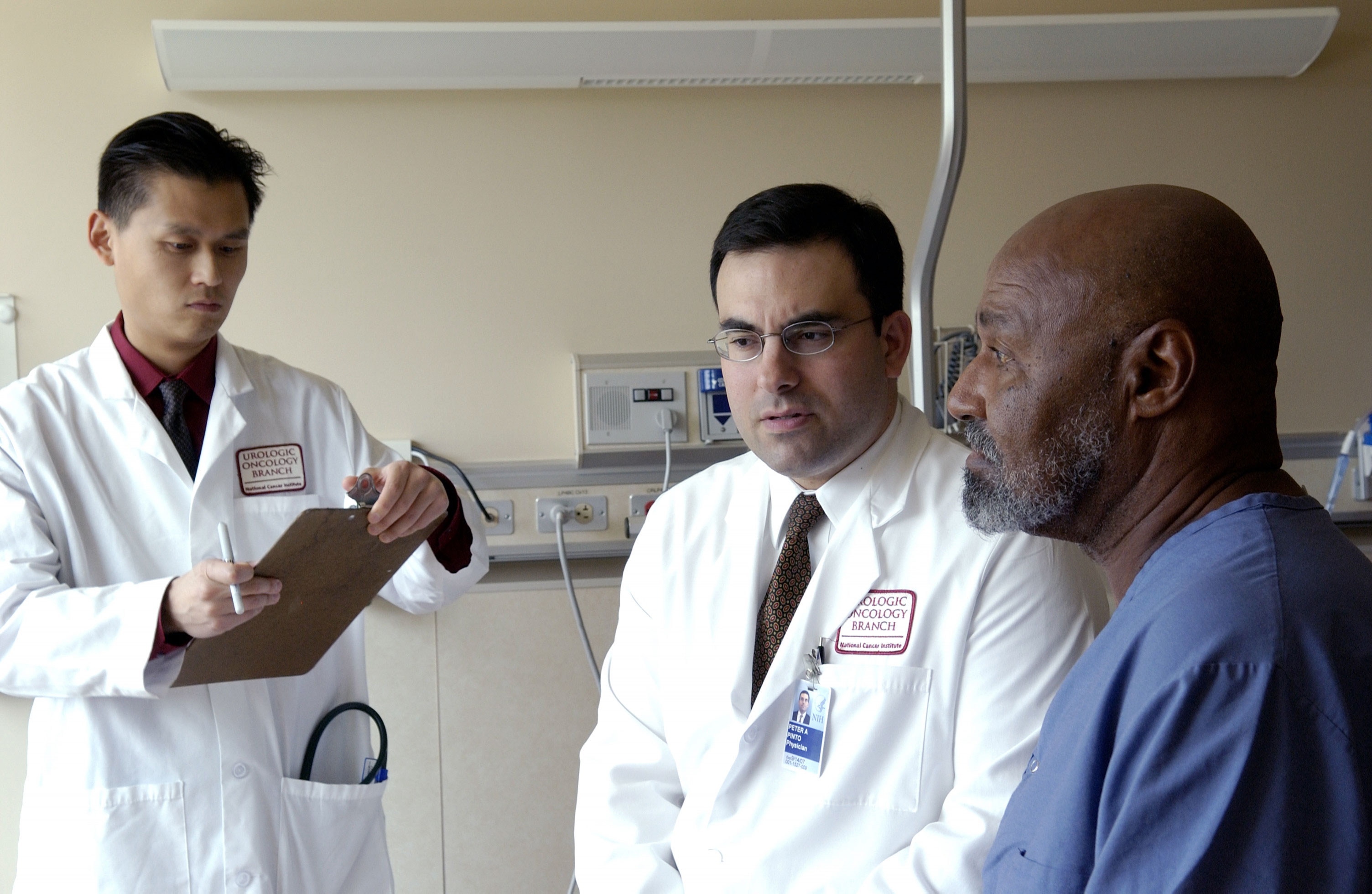 Medical Malpractice may have been committed on many American Africans who were previously diagnosed with hypertrophic cardiomyopathy. A recent study found that some genetic variations that were linked to this condition were indeed harmless. These specific genetic variations were found more often in black Americans than in white Americans. Therefore many patients from African descent may have been misdiagnosed or are still being
Medical Malpractice may have been committed on many American Africans who were previously diagnosed with hypertrophic cardiomyopathy. A recent study found that some genetic variations that were linked to this condition were indeed harmless. These specific genetic variations were found more often in black Americans than in white Americans. Therefore many patients from African descent may have been misdiagnosed or are still being 

